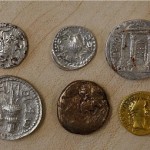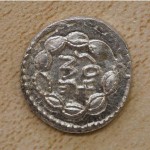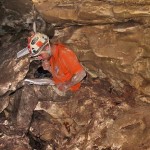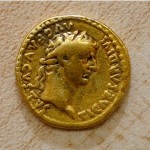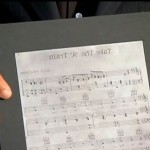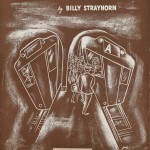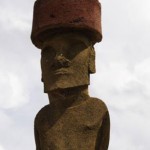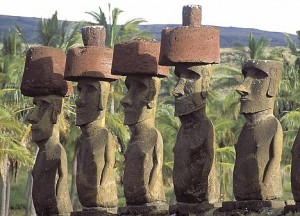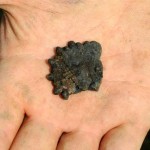 I first posted about the Fromelles battlefield dig last June. Now, after uncovering the remains of 250 World War I soldiers and 1200 of their artifacts (and running into some controversy in the process), the excavation at Pheasant Wood is coming to a close. The official last day of the dig is September 14th, but they’re just doing cleanup at this point.
I first posted about the Fromelles battlefield dig last June. Now, after uncovering the remains of 250 World War I soldiers and 1200 of their artifacts (and running into some controversy in the process), the excavation at Pheasant Wood is coming to a close. The official last day of the dig is September 14th, but they’re just doing cleanup at this point.
The remains are scheduled to be re-interred in the first months of next year, this time with full honors in a new military cemetery near the battleground. The gravestones will leave space for any potential identification.
Archaeologists took DNA samples from each of the soldiers, but there’s no guarantee that the British specialists working with the samples will be able to extract viable DNA for comparisons with known relatives of the deceased.
There will be an identification board convened in March of next year where identifying evidence will be presented. If the evidence is deemed sufficient, relatives will be able to have the headstones personalized with an inscription of their choosing.
The article quotes UK Veterans Minister Kevan Jones thanking the Oxford Archaeology team (not affiliated with the eponymous university) for “working in very tough conditions [to recover] the remains of these brave soldiers with the utmost care and respect.” That’s not just a courtesy plug. The Oxford team has been under fire, ostensibly for doing sloppy work.
Australian newspapers quoted one Johan Vandewalle, a self-described “Belgian battlefield specialist”, accusing OA of cutting corners to excavate on the cheap, jumbling up bones and allowing the site to be damaged by rain.
The battlefield specialist, Johan Vandewalle, played a key role in the successful excavation and recovery of the remains of five Australian soldiers found in Zonnebeke in northern Belgium in 2006.
It has been revealed that Mr Vandewalle was seconded secretly to Fromelles in June when bad weather highlighted that the firm chosen to complete the excavation, Oxford Archaeology, was inadequately prepared to cope with rising groundwater and rainstorms.
According to him, the whole excavation was downgraded from an archaeological dig to a body recovery operation, so instead of the site being uncovered layer by layer, they dig deep into the center of a grave to get to the human remains as quickly (and cheaply) as possible. He claims they also should have reinforce the pits ahead of time as originally planned, instead only doing so after rain had already damaged the site.
Vandewalle isn’t an archaeologist. He’s a carpenter and amateur battlefield expert who was hired to help with drainage issues but felt his expertise was being ignored. He’s also friends with a Peter Barton, a historian from Glasgow University which also wanted to handle the project but was outbid by Oxford Archaeology.
Naturally the Oxford Archaeology team denies all the charges.
“It is different from work on a medieval site, where we might be looking for information about life-style and diet. But we are applying the same rigorous forensic archaeological techniques. And we are determined to do it with the dignity these people deserve.
“Good archaeological practice demands that archaeologists must remove recent deposits first, to avoid any risk of the site and results being contaminated.
“To the untrained eye it might have looked like we were burrowing into the pit, rather than dealing with it layer by layer.”
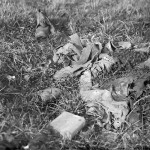 Archaeological politics aside, if you think you may be related to one of the soldiers who died at Fromelles, call the sJoint Casualty and Compassionate Centre at 0011 44 1452 712 612, extension 6303, or email Fromelles@spva.mod.uk.
Archaeological politics aside, if you think you may be related to one of the soldiers who died at Fromelles, call the sJoint Casualty and Compassionate Centre at 0011 44 1452 712 612, extension 6303, or email Fromelles@spva.mod.uk.
Your DNA might put a name on the headstone of an unknown soldier.
